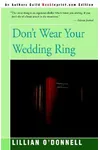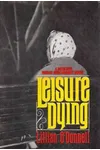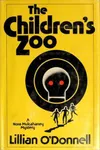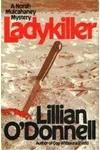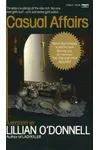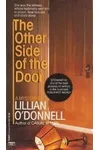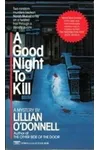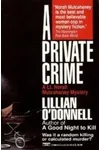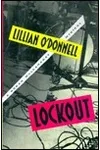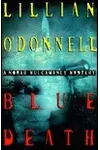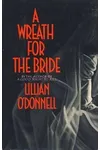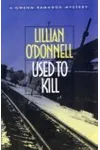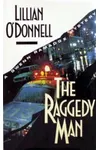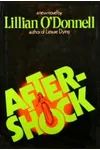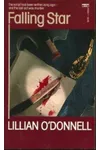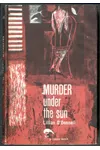Picture an Italian-American trailblazer who turned the crime fiction world upside down with a fearless female cop—meet Lillian O’Donnell! Born in Trieste, Italy, and raised in the vibrant streets of New York City, O’Donnell crafted thrilling mysteries that broke barriers and captivated readers. Her pioneering spirit and knack for weaving complex characters into gritty urban tales made her a standout in the genre.
From her early days treading the boards of Broadway to penning novels that pulsed with suspense, O’Donnell’s journey was anything but ordinary. Let’s dive into the life and legacy of this crime fiction icon whose stories still resonate today.
The Making of Lillian O’Donnell
Lillian O’Donnell was born on March 15, 1926, in Trieste, Italy, to Zoltan D. and Maria Busutti Udvardy. Her family soon crossed the Atlantic, settling in New York City, where she soaked up the city’s electric energy. A natural performer, O’Donnell studied at the American Academy of Dramatic Arts and carved out a trailblazing theater career. She dazzled as an actress, danced in Broadway’s Pal Joey, and became one of the first female stage managers on Broadway, working with The Shubert Organization until 1954. That same year, she married J. Leonard O’Donnell, marking a pivot toward a new creative chapter: writing.
By 1959, O’Donnell traded spotlights for typewriters, channeling her flair for drama into crime fiction. Her theatrical roots infused her stories with vivid characters and tense pacing, setting the stage for her groundbreaking work in the mystery genre.
Lillian O’Donnell’s Unforgettable Stories
O’Donnell’s novels blended hardcore realism with intricate plots, often set against the gritty backdrop of New York City. Her standout creation, Norah Mulcahaney, debuted in The Phone Calls (1972), introducing one of the first female police officers to lead a crime series. Norah, a tall, dark-haired detective with Irish-Italian roots, tackled cases like psychopathic killers and prostitution rings while balancing personal struggles, reflecting the evolving role of women in the 1970s. The series spanned 17 books, ending with Blue Death (1998), and remains a touchstone for feminist crime fiction.
Beyond Norah, O’Donnell crafted the Mici Anhalt series, starting with Aftershock (1977), featuring a crime victims’ investigator navigating personal danger. Her Gwenn Ramadge books, like A Wreath for the Bride (1990), followed a sharp private detective solving high-stakes mysteries. Early standalones, such as The Face of the Crime (1968), showcased her range, blending psychological suspense with police procedurals. O’Donnell’s unadorned style and focus on crimes against women—like rape in Dial 577 R-A-P-E (1974)—gave her work raw authenticity.
Her stories weren’t just thrilling; they were socially aware, addressing gender dynamics and urban challenges. O’Donnell’s research into police work and her knack for realistic dialogue made her novels immersive, earning her a loyal following.
Why Lillian O’Donnell Matters
Lillian O’Donnell didn’t just write mysteries—she reshaped the genre. By creating Norah Mulcahaney, she paved the way for strong female leads in crime fiction, inspiring authors like Dorothy Uhnak and Sara Paretsky. Her focus on women’s issues and authentic police procedurals brought depth to a male-dominated field, making her a feminist pioneer in literature. O’Donnell’s New York settings, pulsing with life, remain vivid snapshots of a changing city.
Though she passed away on April 2, 2005, O’Donnell’s legacy endures. Her papers, housed at Boston University’s Mugar Memorial Library, are a treasure trove for scholars, and her books continue to captivate mystery fans. She proved that women could command the page as fiercely as any detective.
- Born: March 15, 1926, Trieste, Italy
- Died: April 2, 2005, New York City
- Key Works: The Phone Calls (1972), A Wreath for the Bride (1990), Blue Death (1998)
- Notable Series: Norah Mulcahaney, Mici Anhalt, Gwenn Ramadge
Ready to crack open a thrilling mystery? Snag The Phone Calls and dive into Lillian O’Donnell’s pulse-pounding world of crime and courage!

